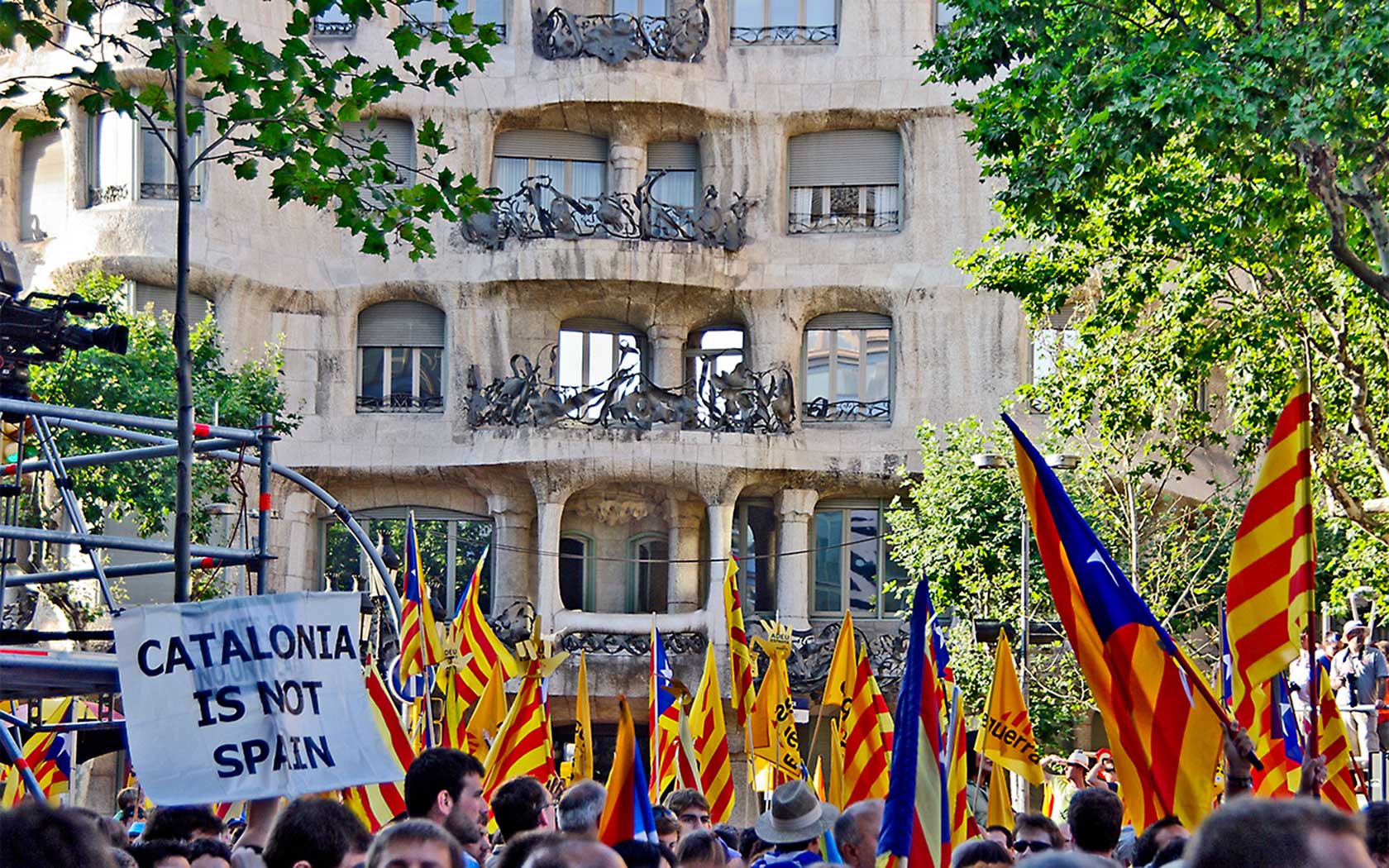Spain is a multicultural, multilingual nation whose constitution makes special mention of the right that linguistic minorities in the country have to exercise and protect their languages. This might seem simple and obvious, but the history of Spanish identity is a rocky one, with tensions far from settled.
Language and identity
Spain’s official national language is Castilian Spanish. However, in some part of the country, it shares prominence with regional tongues recognized in the constitution as co-official languages.
Catalan
One of the most remarkable examples of the preservation of linguistic identity the world over, is the Catalan language, spoken in the autonomous communities of Catalonia, Balearic Islands and Valencia (where a slightly different variation is known as Valencian). The language is also spoken in Andorra as an official language and in the Sicilian city of Alghero. Almost 5 million people speak Catalan as their native language.
Galician
In the northwest of Spain, the community of Galicia is a curious case of cultures colliding. Celtic in origin, the community speaks its own language, known as Galician. The Latin-based language — spoken by 2.5 million people — is similar to Portuguese but also includes Germanic, Celtic and Arabic influences.
Basque
Fascinating! The Basque language — known as a language isolate — is considered one of the world’s few surviving pre-Indo-European languages. With its origins heavily debated, the Basque language shows no grammatical similarities with the Romance languages that surround it in northern Spain and southern France. It is spoken by over half a million people.
Occitan
Hugging the borders of Spain, France and Italy, the unofficial region known as Occitania has gained prominence in recent years with a dialect of the Occitan language, Aranese, being recognized as an official language in the autonomous community of Catalonia.
Tensions
The Spanish Civil War
Spain’s 1936–1939 Civil War pitted the Nationalist forces of the country’s eventual victor, the dictator Francisco Franco, against Republican forces comprised of a number of liberal, anarchist and left-leaning political groups. The violent war saw hundreds of thousands of deaths. It also marked a turning point for regional identity, with Franco’s dictatorship making a point of suppressing the use of languages other than Castilian Spanish throughout his rule (1939–1975).
Political Violence
Spain’s Civil War saw atrocities committed on both sides — ‘White Terror’ referring to the violence carried out by nationalist groups and ‘Red Terror’ referring to violence carried out by leftist groups. Violence, particularly stemming from Basque Country, spilled over into Franco’s lengthy dictatorship and through democracy. The ETA, an armed Basque separatist group considered a terrorist group by the Spanish state, declared a definitive ceasefire in 2011.
Independence
Since Franco’s death in 1975, many Spain’s linguistic minorities have sought independence from the Spanish state, citing their cultural and historical differences with mainstream Spanish culture. Particularly strong has been the movement for independence in Catalonia, though attempts to take the issue to a popular vote have so far failed.
Today’s Linguistic Freedoms
Today, Spain’s linguistic minorities enjoy long-sought freedoms in the communities where the country’s many languages are spoken. In these communities, public services are available in both Spanish and the regional co-official language, with television and radio broadcasts and schooling delivered in both tongues.
Originally published on Ailola by Jayson McNamara on August 25, 2015.
